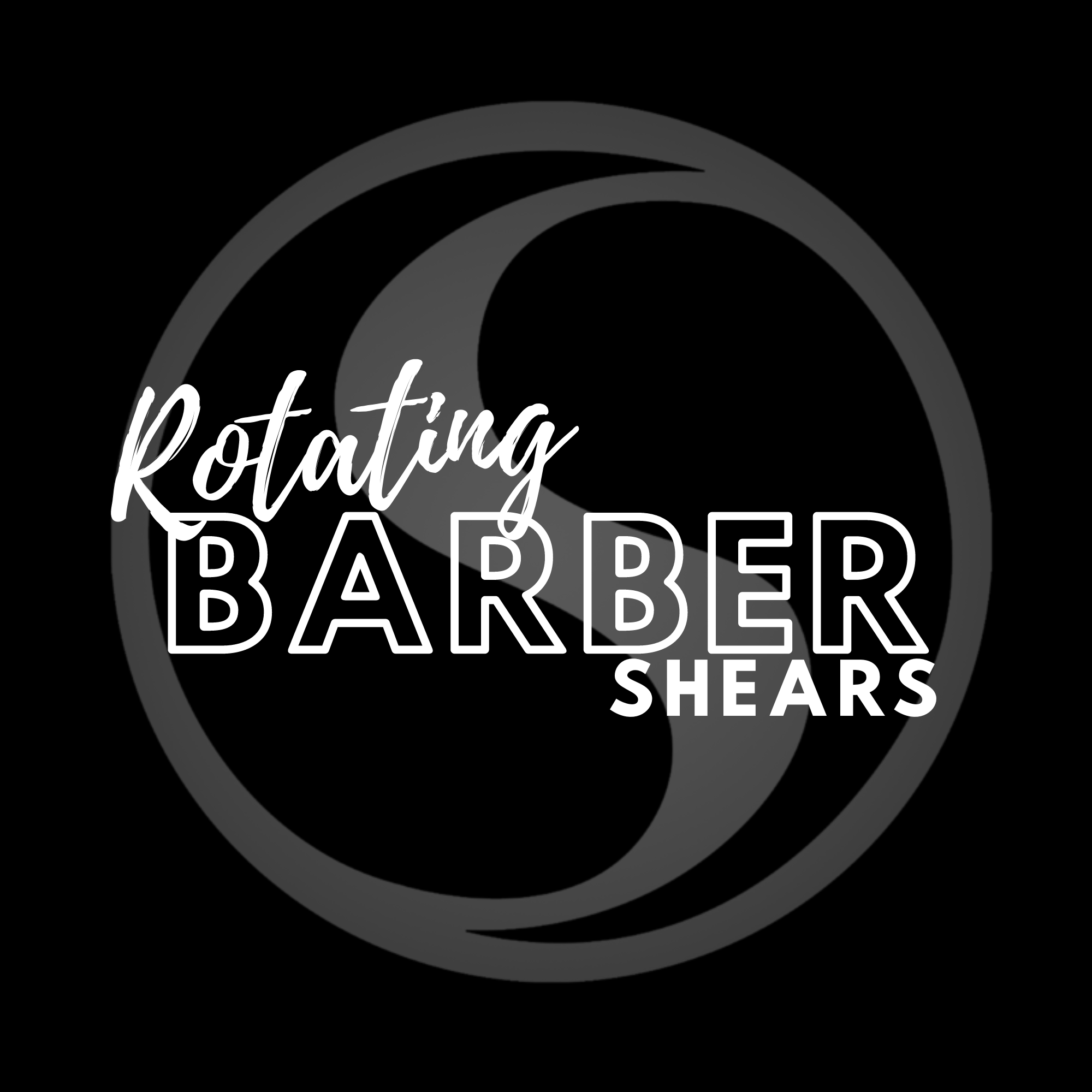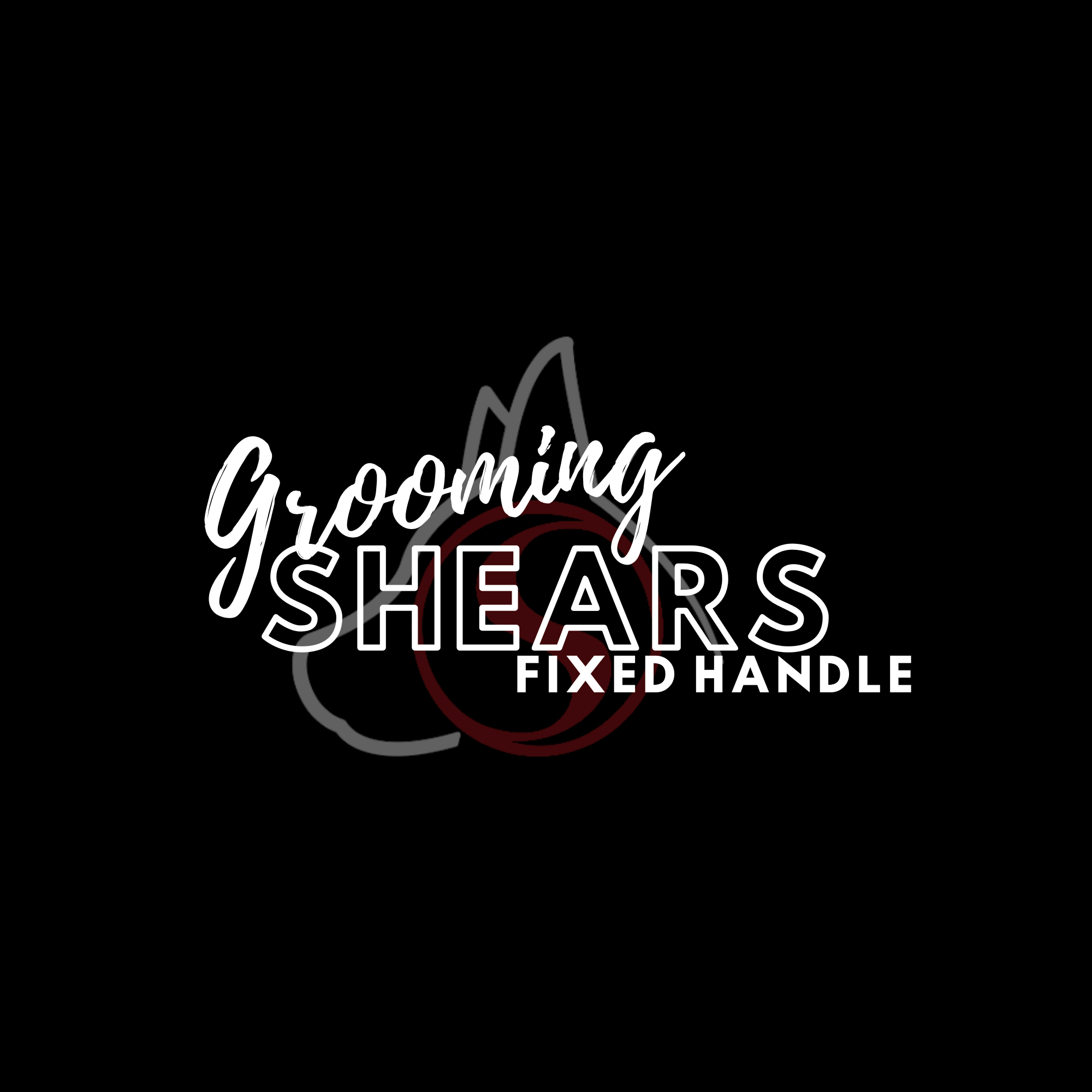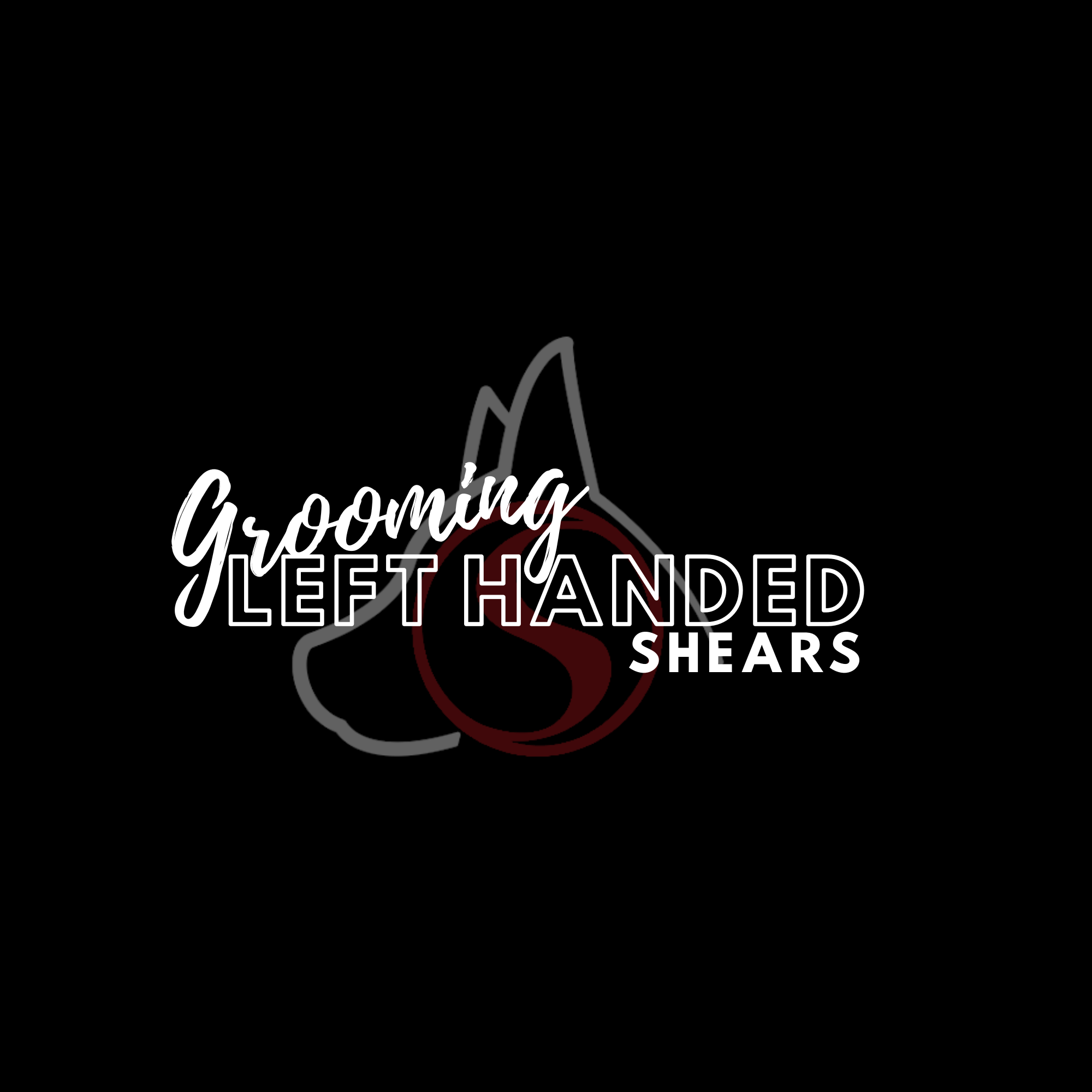Should hairdressing salons offer free haircut for training?
We often get asked this question all the time, “should we offer free haircuts for training sessions”. And my answer to this in a word “Yes”, but only in certain situations.
One of the most important parts of hairdressing is continual professional development, this starts from the very beginning of your training, we are, or we should be continually striving to be better than we were, always trying to do our clients service better than the last time we did it.
This takes practice, whether that is part of initial training or part of our ongoing training, we will always need models to practice on. In these situations in my opinion we should be offering the service free of charge, FOC. Color services are slightly different; we’ll come to this next.
When we are learning the basic cuts we will normally start these on training heads, if we make a mistake it’s not the end of the world, once we have progressed and are that little bit more confident, and also competent, we move on to live models – this is where it can be difficult to get volunteers.
Most places see this for what it is, we are getting a live model to practice on and they are getting a free haircut for their time and also the risk of it not being perfect. This is the compromise for everyone involved.
When we have young apprentices I always feel it’s better for them to work on real people, as this is the most realistic practice they will get.
When we start the training we will be covering things like shampooing, conditioning, blow drying, setting etc. all these things are easy to get models for, the main reason, there is no permanent change to the client’s hair.
Once we get onto things such as coloring, perming and cutting, these are things that will be a permanent change to the client and therefore a risk, that’s why we should offset the risk with no charge to the client.
Once the student/stylist is of a competent level, we can, in some instances start to charge for the service. The client is far more likely to get what they wanted, with little risk when carried out by a graduate stylist, reduced rates for reduced experience level.
This strategy leads onto the pricing structure that most salons follow, the more experienced the stylist, the more expensive they are.
When we are doing any service that involves materials the salon have had to purchase, then it is normal practice to charge a nominal fee to cover the cost of the products.
For example, lets say a tube of color costs $10, but you only use half a tube, but you will be using a toner and peroxide, you would probably find that the salon or training establishment would charge about $10 for the whole service, this covers all the costs of the materials used, plus tax. Everyone benefits from this and the salon isn’t left out of pocket.
Most places will set out a structure of training prices and also the experience of the learner. They should also make it clear to any one who is being a model that it is a training situation, the service is likely to take longer and there is a risk that it will not be perfect, because they are still learning. Obviously this is reflected in the price.
One big factor is to manage the client’s expectations. You need to stress that the reason they are getting a reduced or FOC rate is that the person is still learning. When this is clear the clients expectations are easier to achieve, as they are not so high and you can provide your trainee stylists with hands on experience without affecting your salon’s reputation.


















